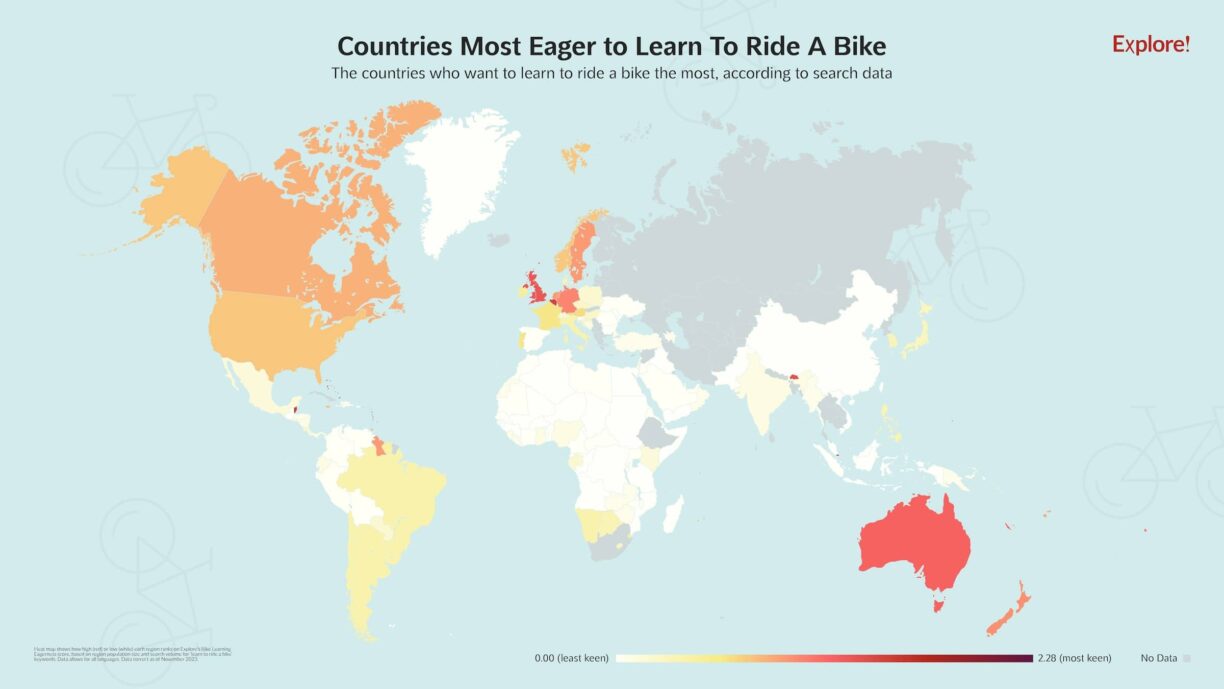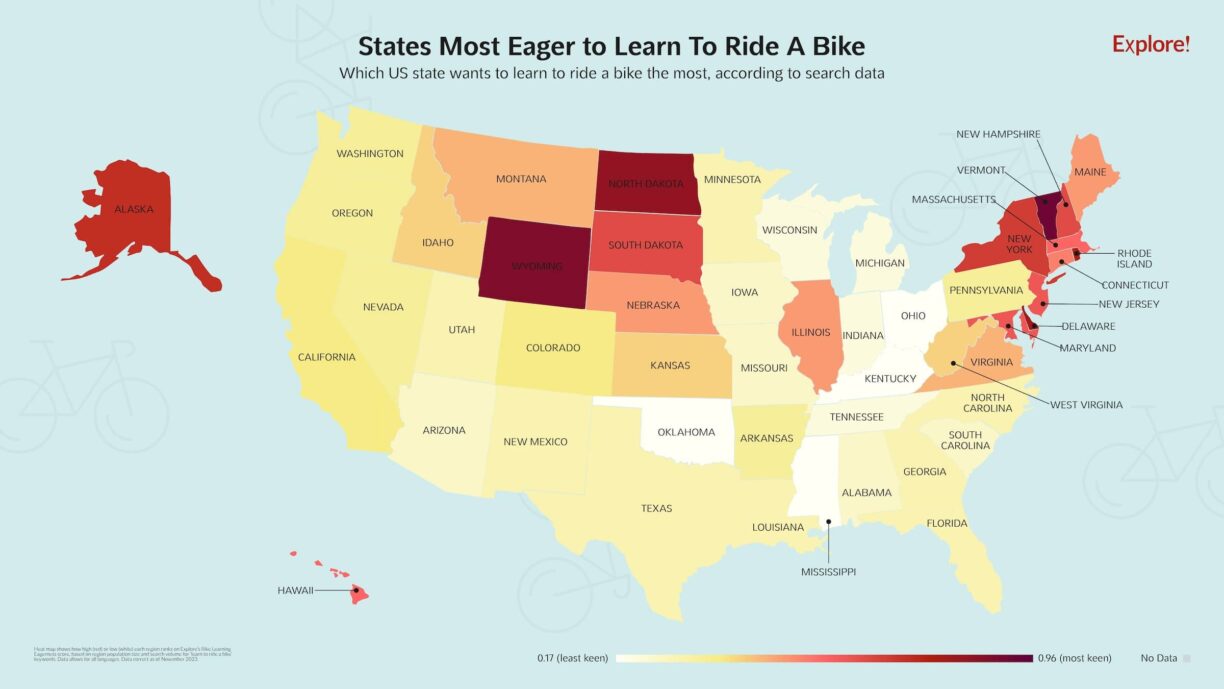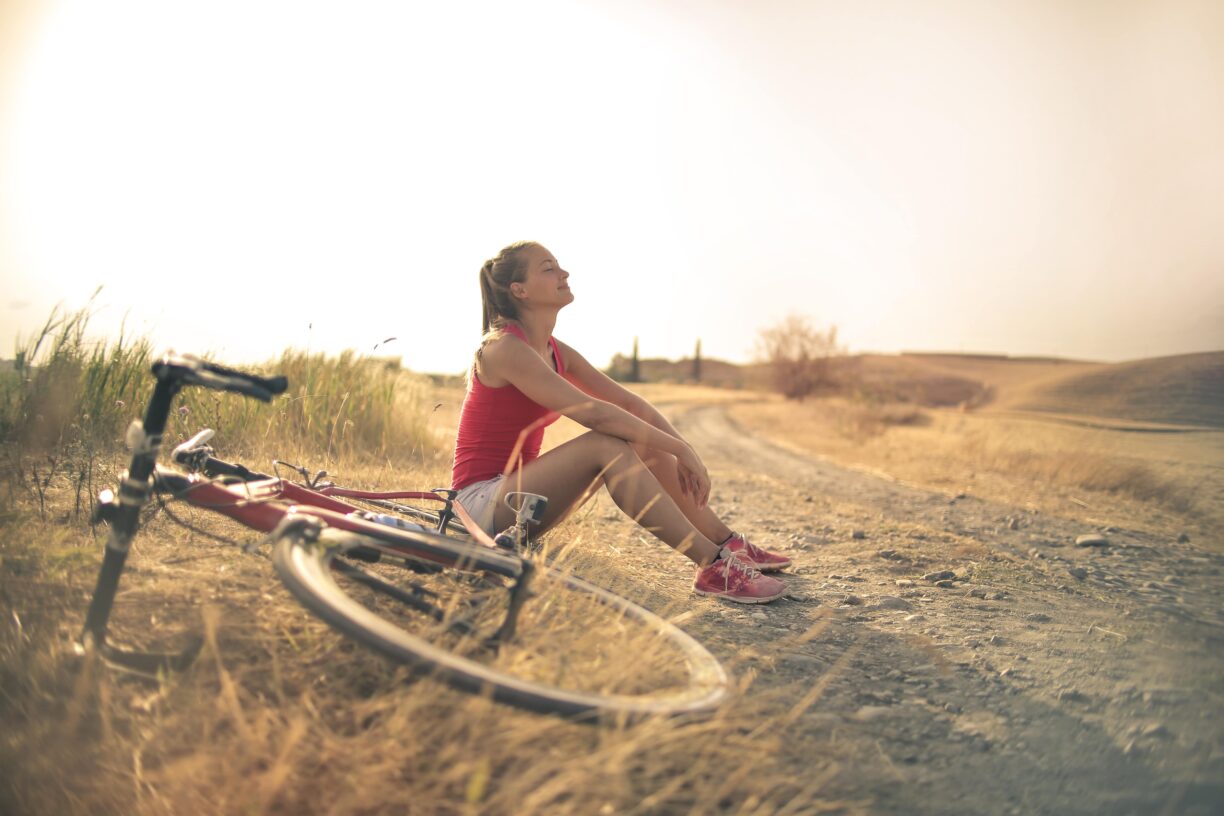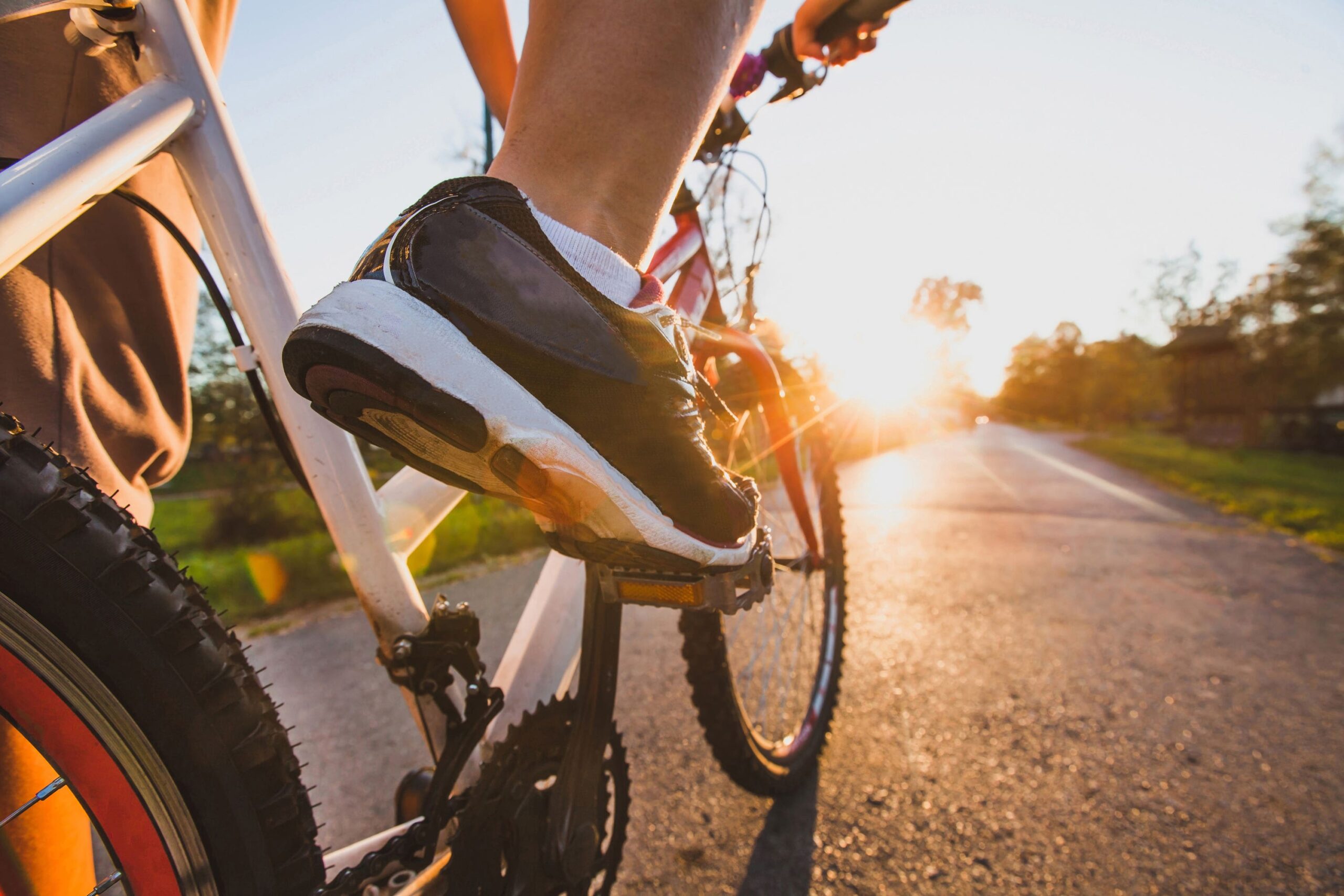As part of its new Learn To Ride Report, adventure travel company Explore Worldwide has revealed which countries want to learn to ride a bike the most, respective of their population size.
The extensive study looks at how many times phrases such as how to ride a bike and learn to ride a bike are searched for online in different countries and languages around the world and then cross-references the search volumes with the population of each region.

The resulting ratios have been visualized with a global heat map showing which countries want to learn to ride a bike the most.
The most eager countries originate in North America, with 21 of the top 50 countries that want to learn to ride a bike the most coming from this continent.
Smaller countries, where biking provides an efficient and practical mode of transport, such as The Cayman Islands, Bermuda and Grenada dominate the top ten, but North America’s major regions – the USA and Canada – also feature highly in the rankings.
Canada’s eagerness to learn to ride a bike comes in at 43rd in the world rankings, with USA just below in 47th place.

Explore Worldwide took a deep dive into each USA state’s Google search data to reveal that Vermont, Wyoming and North Dakota are the American states that are most keen to learn to ride a bike.
In Europe, Belgium comes out as one of the countries with the biggest appetite for learning to ride a bike, followed by the UK, Germany and the Netherlands.
Whilst Belgium doesn’t have the highest population of cyclists*, it has a real enthusiasm for the sport, with a boom in cycle paths and incentives over the last few years, and a passionate cycling fan base.
Belgium’s passion for cycling remains strong, with over 5,300 annual searches related to learning to ride a bike, despite its population of 11.6 million.

The Netherlands (which has one of the largest percentages of cycling populations in the world) show no signs of slowing down their love affair with riding a bike, coming 8th in the European rankings (and 39th overall).
The UK comes 28th in the world rankings, showing a real commitment to greener transport and outdoor exercise, while Germany ranks 34th worldwide.
Australia and New Zealand both land among the top 50 countries in the world that are most keen to learn to ride a bike, coming 30th and 35th respectively.
The latest statistics from the CWANZ** suggest whilst cycling participation boomed during the Covid years, it’s dropped in popularity more recently in Australia and New Zealand.
Michael Edwards, Managing Director at Explore! says “We undertook our Learn To Ride Report to better understand people’s relationships with riding a bike, and whilst our survey showed that most adults can ride a bike, only 46% say they feel ‘very confident’ in doing so.
Our maps illustrating which nationalities most want to improve their bike skills show that even in countries with a high number of cyclists, there are still plenty of people looking to improve on their bike confidence and ability.”
Confidence is a huge player in learning and enjoying bike riding. As such, Explore has teamed up with The Bikeability Trust, a charitable organization whose mission is to give everyone the cycling skills and confidence to enjoy bike riding for life. The experts at Bikeability have shared expert tips and tricks for helping older learners.
Bikeability’s tips for teaching teens and adults to learn to cycle
- Remove the pedals and lower the saddle: Older children and adults can learn to cycle in a similar way to young children – take the pedals off a full-sized bike and voila, you have an adult balance bike! You will also need to lower the saddle a little so the learner can comfortably reach the ground with their feet to scoot themselves around.
- Basic balancing: It’s very hard to teach balancing – it’s an instinct that has to be felt by the rider. The main difference between teaching older children and adults compared to younger children to cycle is fear – younger children are generally much less afraid to fall off! Find somewhere quiet and ideally with soft ground where it won’t matter too much if your learner falls. The great thing about cycling without the pedals is that your learner’s feet will generally be on or near the ground, so it’s easier to stop themselves coming off completely.
- Cycle fast but take it slow: Once your beginner can balance, it’s time to put the pedals back on and try pedalling. The faster they cycle, the more stable they will be, but this isn’t easy if they’re not feeling confident or worrying too much about falling. The key is to be patient and let them try to get going and to pedal as many times as they need. Remember, it’s easier to learn things as a younger child as you’re not so used to doing things a certain way!
To learn more about cycling attitudes, trending bike tour destinations around the world and more tips from Bikeability for boosting bike confidence in both children and adults, see Explore Worldwide’s Learn To Ride Report.





